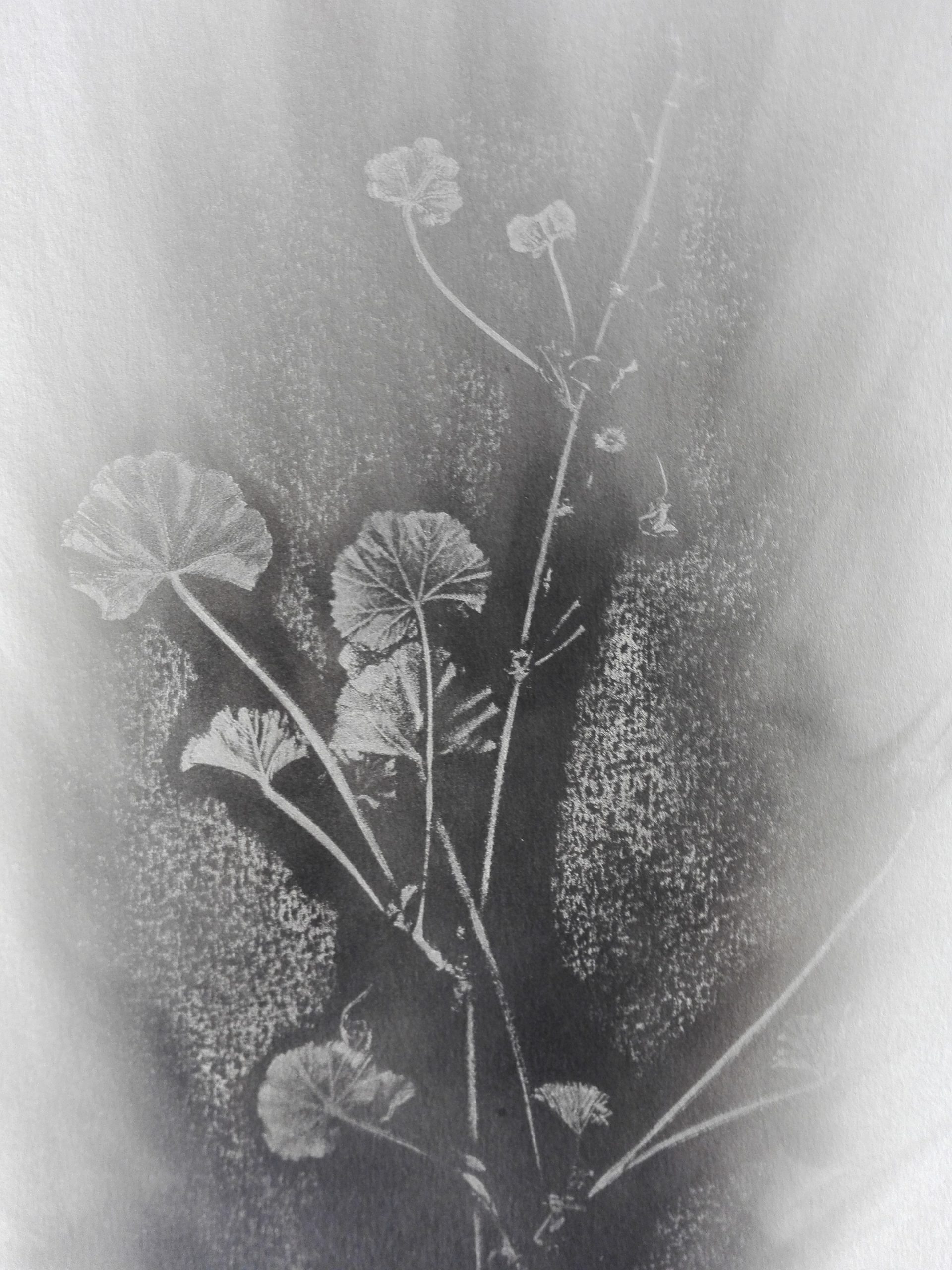(Buenos Aires, 1966) is a Doctor in Biological Sciences from the Faculty of Exact and Natural Sciences (UBA), and carries out biological research in the Hypoxia and Cellular Respiration Laboratory of the Taquini Institute, Faculty of Medicine, University of Buenos Aires, Argentina, in which he has established an experimental model of protection against heart attack by simulated acclimatization to altitude. His work can be read in international scientific journals such as Nitric Oxide, Brain Research, Hypertension, Journal of Applied Physiology, and Journal of Hypertension. He trained in parallel in visual arts with Alberto Goldenstein, Carlos Gorriarena, Eduardo Stupía and theorists such as Graciela Speranza and Inés Katzenstein at the Torcuato Di Tella University. His work is part of the collection of the Museum of Modern Art of Buenos Aires (MAMBA), and has been exhibited in institutions such as MALBA, PROA Foundation, Fortabat Foundation, Recoleta Cultural Center, General San Martín Cultural Center, Palais de Glace, Cultural Center Ricardo Rojas, National House of the Bicentennial, the Kirchner Cultural Center, Art and Nature Center (University of Tres de Febrero Eco-park headquarters, former zoo of the City of Buenos Aires), Cultural Center of Science (C3) and the Immigration Museum (Braque Prize 2017) of the University of Tres de Febrero (UNTREF)-Palais de Tokyo. At present he develops an active interdisciplinary platform between art and science involving prestigious educational institutions at the national level such as The Cultural Center of Science (C3), Ministry of Science and Technology of the Nation (MinCyT); National University of Tres de Febrero (UNTREF), Kirchner Cultural Center, Federal System of Media and Communication, and Proa Foundation-Latin American Faculty of Social Sciences (Proa-Flacso), British Council, INVAP, among others. In 2020 he presented at Miranda Bosch Gallery NY, Stone View.
La Padula’s work carries out the task of bringing back into contact two discourses that were once part of the same magma: art and science. In this sense, both, armed with different (but complementary) strategies and logic, question the nature of things in an interrogative way, in a kind of state of crystalline naivety. Through installation language, and various media such as smoke painting, drawing, photography, collage, archival work or the collection of materials, his pieces propose to think about the mysterious common zone that these two tools of knowledge illuminate, whether from the construction of the laboratory as a workspace, the cabinet of curiosities, the training of observation and recording as its own dynamics, or the sharing of objects and elements that, in principle, correspond to areas and orders different. His poetic commitment aims to emphasize this intersection and encourage a synergy that allows us to understand beauty not so much as that which depends on a quality of certain objects or the capacity of certain individuals, but as a path between intuition and discipline, a way instinctual but also analytical in relating to the world.


 La Padula Pablo
La Padula Pablo